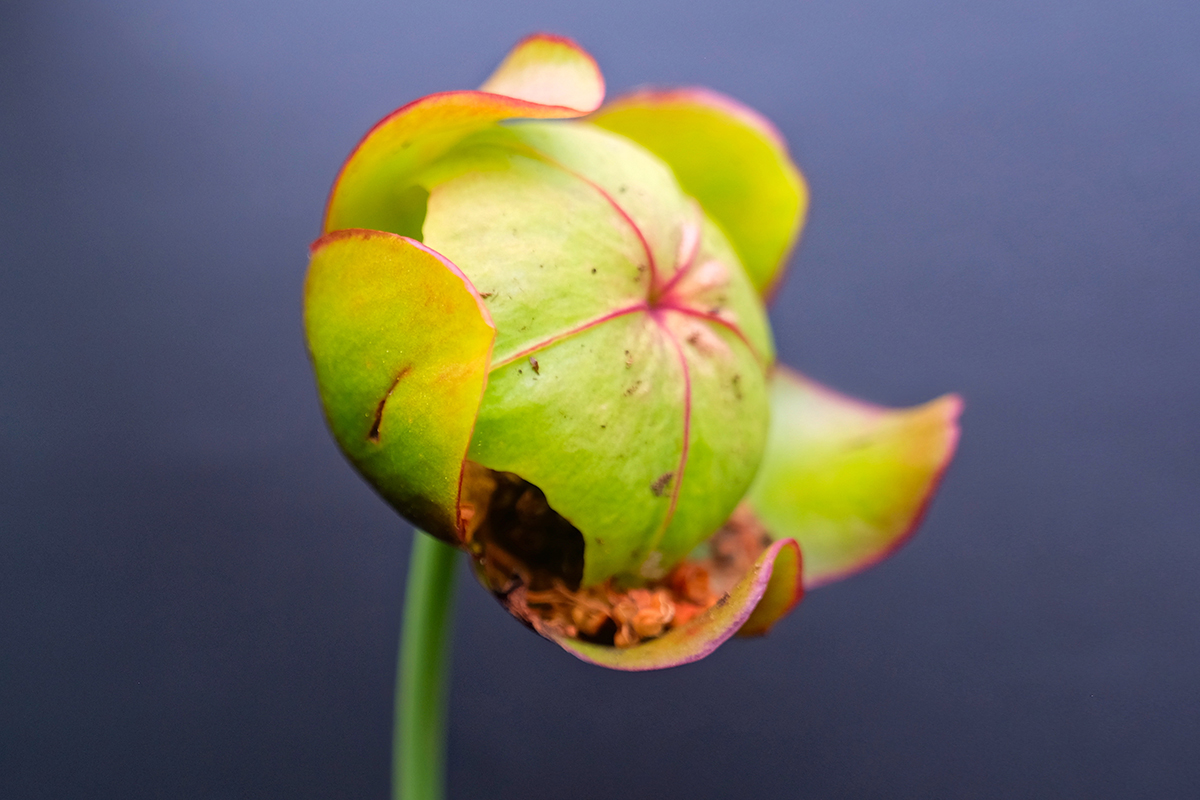Carnivore Captures
Mathieu Bineau Brien’s Tamron 18-300mm VC all-in-one zoom allows him to get up close to Quebec’s predator plants.
Share the article:
More Photo Tips | Video Gallery | Photo Gallery | Enewsletter sign-up
By Jenn Gidman
Images by Mathieu Bineau Brien
Mathieu Bineau Brien’s journey into photography has long been rooted in his fascination of wildlife and biodiversity. That interest led him to start selling carnivorous plants a few years back, which is when he stumbled upon a movement to poach these plants, which devour everything from insects to reptiles. “In parts of Southeast Asia, some of these plants can even trap and digest small mammals, like rodents,” he explains.
His desire to protect these plants in their native habitats of Quebec’s peat bogs and wetlands led Mathieu to also start photographing them to spread awareness. Today, it’s not unusual to find the Canadian photographer in waders up to his knees, trudging through the muck in search of a ravenous pitcher plant, sundew, or butterwort, with their vivid hues and tempting traps that are irresistible not only to insects, but to humans with cameras.
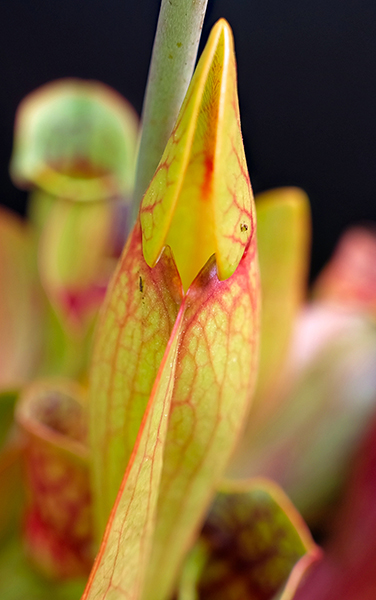
18-300mm (18mm), F3.5, 1/85 sec., ISO 200
Click image to view larger
To photograph these intriguing organisms, Mathieu uses his Tamron 18-300mm Di III-A VC VXD all-in-one zoom with his Fujifilm mirrorless camera system. “When I was searching for a lens that would fit my needs, I wanted one that would enable me to achieve the close-up photos required for these type of plants,” he says. “The 18-300mm offers a Minimum Object Distance (MOD) of 5.9 inches at the wide end, a working distance of just 0.2 inches, and a maximum magnification ratio of 1:2, I’m able to get super-close to my subjects, which can often be hard to see, and capture all of their intricate details. The Vibration Compensation (VC) technology helps eliminate camera shake and ensures my photos remain crisp and sharp.”
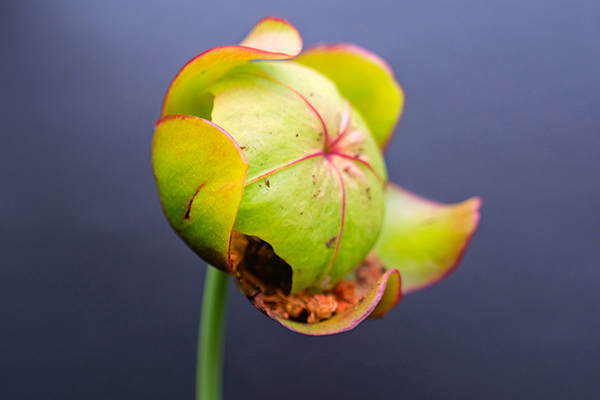
18-300mm (18mm), F4, 1/160 sec., ISO 400
Click image to view larger
The versatility of the 18-300mm’s focal-length range, meanwhile, is advantageous when navigating such a challenging environment. “I take pictures of other wildlife, too, so if I’m concentrating on a minuscule plant in front of me and then see a moose across the way, I want to be able to quickly zoom in to photograph that new interloper,” Mathieu says. “It can be dangerous if you don’t know what you’re doing—there are air holes in the moss, for instance, that you can fall into. You have to move carefully. The Tamron 18-300mm VC lens allows me to stay in one position and take photos both near and far.”
MATHIEU’S QUICK TIPS
Take your time scanning the terrain.
In bog environments like the ones I photograph in, it can be difficult to find some of these photo-ready plants, tiny specks in the floating mats of green water and sphagnum mosses. Consider using satellite images or a drone to navigate flooded areas so you can locate your subjects.
Showcase the plant’s most visually compelling attributes.
It’s essential to adapt to each plant's unique characteristics. For instance, I’ll usually focus on capturing the symmetry and veins within a plant. Or, with a plant like the sundew, which shows those sticky drops on the tips of what looks like Medusa's hair, I’ll emphasize those details. Finally, I like to show the plants that catch prey within their leaves, like the one shown here curled up in a ball with a trapped fly inside. The plants’ predatory nature may be macabre, but their intelligence is impressive.
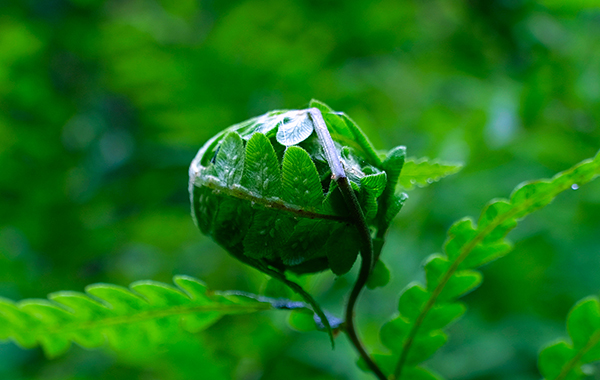
18-300mm (18mm), F3.5, 1/125 sec., ISO 200
Click image to view larger
Bring out the plants’ colors.
Depending on where you live, the time of year is important in terms of taking photos. Here in Quebec, the middle of July is ideal for this type of photography, as that’s when the sun hits the plants the strongest—they’ll exhibit their most vibrant colors in strong, direct sunlight. The same general idea goes for time of day. I like to take pictures midday, when the sun’s rays are actively interacting with the plants, particularly the small drops of sticky, gluelike substance on the ends of some of the sundews. It creates a bioluminescence of sorts that’s pleasing to the eye.
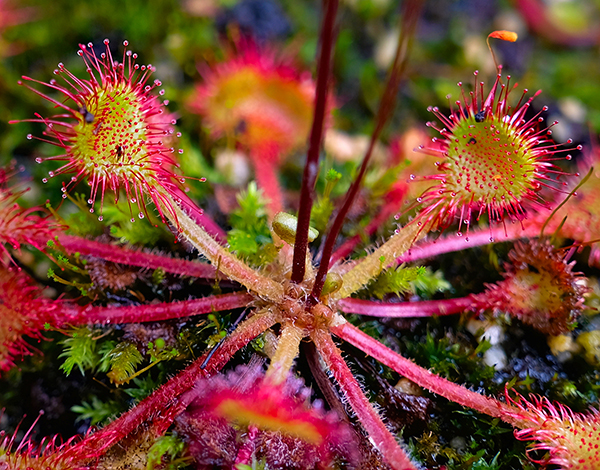
18-300mm (18mm), F3.5, 1/210 sec., ISO 200
Click image to view larger
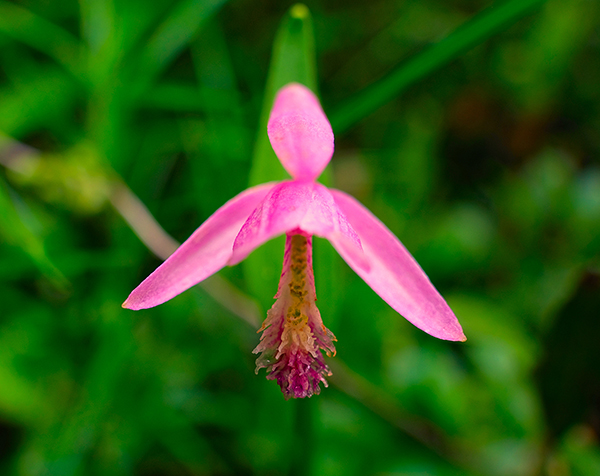
18-300mm (18mm), F3.5, 1/180 sec., ISO 400
Click image to view larger
Experiment with focus stacking.
This technique, which involves crafting a composite out of multiple photos to create a deeper depth-of-field, is often necessary in macro photography due to the close proximity between you and your subject. That’s especially true if your subject has hard-to-see features, like those sticky drops on a plant’s tips, which can be as small as a fraction of the end of your pinkie.
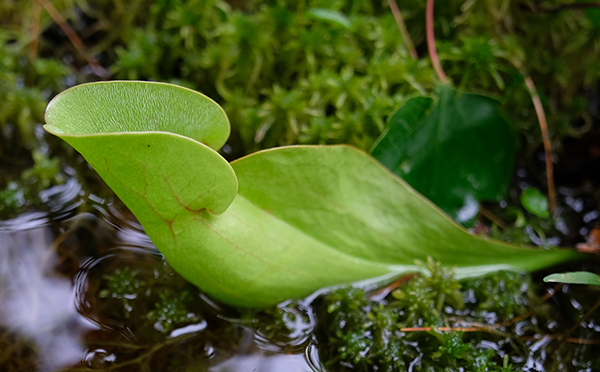
18-300mm (18mm), F3.5, 1/160 sec., ISO 250
Click image to view larger
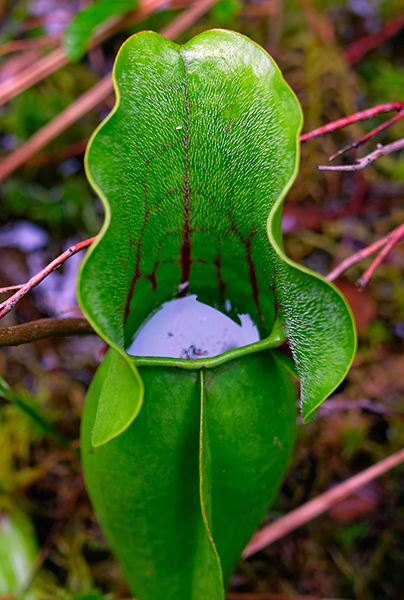
18-300mm (18mm), F3.5, 1/105 sec., ISO 200
Click image to view larger
To see more of Mathieu Bineau Brien’s work, check out his website, Facebook, and Instagram.
Is your Tamron News subscription up to date? Click to subscribe to all editions of Tamron News featuring how-to tips, new product news, contest announcements and inspiration!
More Photo Tips | Watch Videos | Learn More About Tamron Lenses | Photo Gallery
